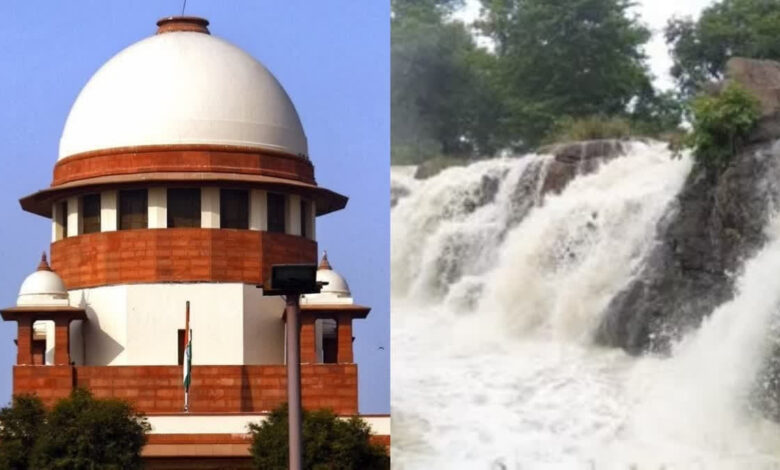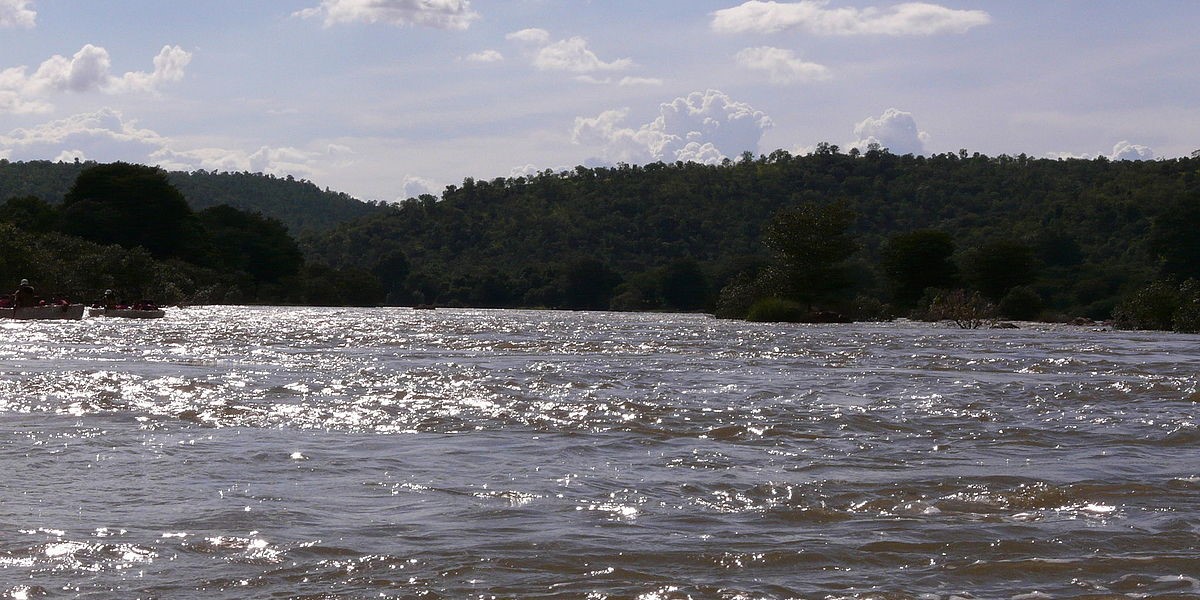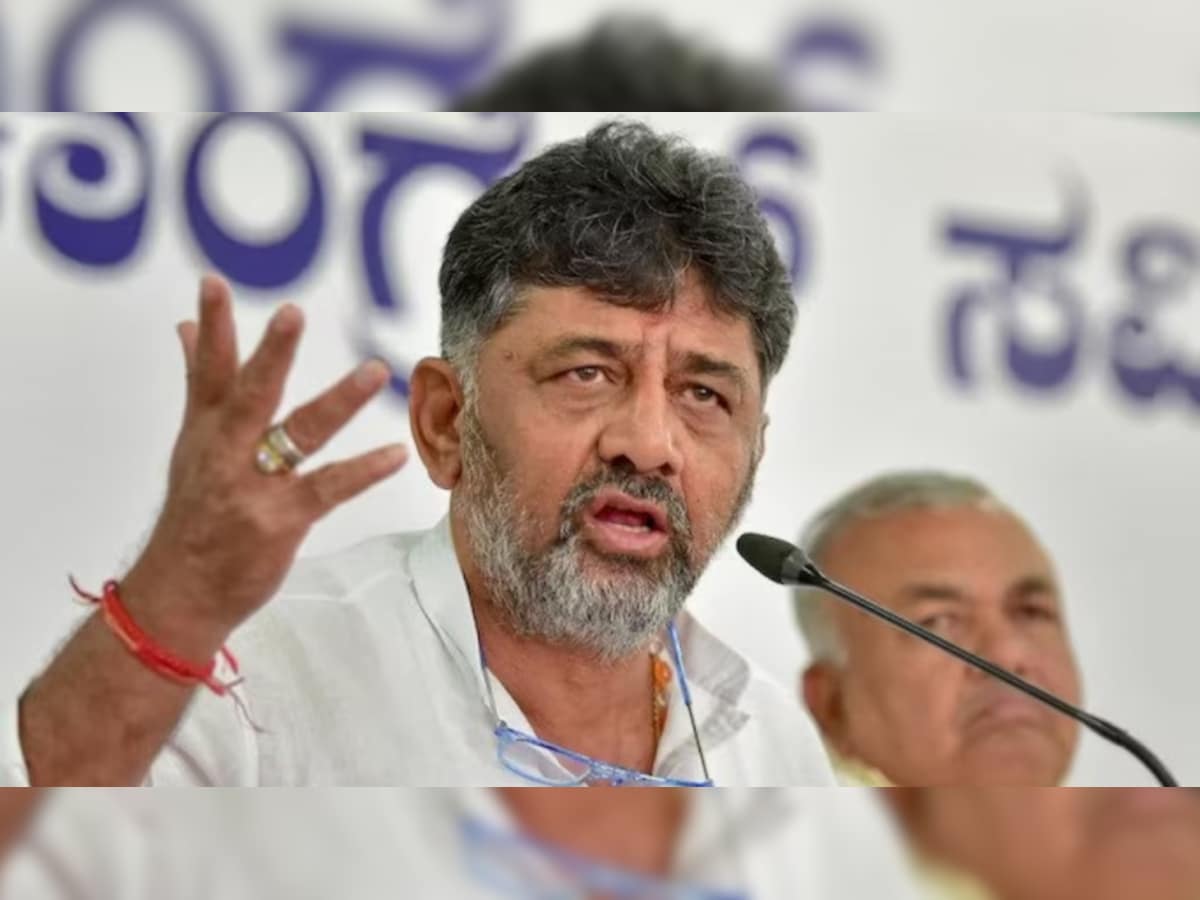Karnataka Releases Water to Tamil Nadu Despite Scarcity; Deputy CM Vows Supreme Court Appeal

Karnataka Releases Water to Tamil Nadu Despite Scarcity; Deputy CM Vows Supreme Court Appeal
In a significant development, the Karnataka government has decided to release 5,000 cubic feet per second (cusecs) of water to Tamil Nadu from the Krishna Raja Sagar dam. This decision comes in response to the directive issued by the Cauvery Water Management Authority, even as Karnataka grapples with a scarcity of water resources. Deputy Chief Minister of Karnataka, DK Shivakumar, expressed the state’s commitment to uphold the authority’s decision while simultaneously announcing the government’s intention to appeal before the Supreme Court.
The release of water from the Krishna Raja Sagar dam marks a pivotal moment in the ongoing water-sharing dispute between Karnataka and Tamil Nadu, a contentious issue that has persisted for decades. The move, while seen as a gesture of compliance with the Cauvery Water Management Authority’s orders, has not been without its share of challenges and controversies.
The Cauvery river has been a source of contention and conflict between Karnataka and Tamil Nadu for many years, primarily due to the uneven distribution of water resources from the river. The two southern states have been locked in legal battles and disputes over the sharing of the Cauvery’s waters, and the issue has often sparked tensions and protests.
The recent decision to release water from the Krishna Raja Sagar dam has brought the matter back into the limelight, prompting a closer examination of the intricacies involved in water-sharing agreements and the broader implications for the region.

The Cauvery Water Dispute: A Historical Perspective
The Cauvery river, often referred to as the ‘lifeline’ of both Karnataka and Tamil Nadu, originates in Karnataka’s Kodagu district and flows through both states before ultimately entering the Bay of Bengal. The river’s waters are crucial for agriculture, drinking water supply, and various other purposes in the region. However, the river’s flow is not consistent throughout the year, making equitable sharing a complex challenge.
The Cauvery Water Dispute Tribunal, constituted in 1990, sought to address these challenges and allocate water resources among Karnataka, Tamil Nadu, Kerala, and Puducherry. The tribunal’s final award in 2007 attempted to strike a balance, mandating a certain quantum of water to be released by Karnataka to Tamil Nadu during normal and distress years.
Despite the tribunal’s award, disagreements and disputes have persisted, leading to recurring tensions between the two states. Karnataka has often argued that it faces severe water shortages, especially during drought years, making it difficult to meet its obligations under the tribunal’s order.

Karnataka’s Dilemma: Scarcity vs. Compliance
Karnataka’s decision to release water to Tamil Nadu from the Krishna Raja Sagar dam reflects the complex dilemma faced by the state. Deputy Chief Minister DK Shivakumar’s statement underscores the challenging situation that Karnataka finds itself in. He acknowledged the scarcity of water resources in the state while emphasizing the government’s commitment to respecting the authority’s directive.
Water scarcity is a pressing issue in many parts of Karnataka, affecting both urban and rural areas. Prolonged droughts, coupled with increasing water demands, have strained the available water resources. Farmers, who heavily rely on river water for irrigation, have faced hardships during times of water scarcity.
In this context, Karnataka’s decision to release water to Tamil Nadu can be seen as an attempt to balance its responsibilities under the tribunal’s award with the practical challenges of water management within the state. The government’s decision to appeal before the Supreme Court suggests its intent to seek a more comprehensive and sustainable solution to the water-sharing issue.
The Role of the Cauvery Water Management Authority
The Cauvery Water Management Authority (CWMA) is a crucial institution responsible for implementing the tribunal’s award and overseeing water-sharing arrangements among the riparian states. It was established to ensure a fair and equitable distribution of the Cauvery’s waters while taking into account the interests and concerns of all stakeholders.
The CWMA’s order directing Karnataka to release water to Tamil Nadu underscores the authority’s role in mediating disputes and enforcing water-sharing agreements. It represents a step towards resolving the recurring conflicts between the states by adhering to established legal frameworks.

The Road Ahead: Supreme Court Appeal and Beyond
Karnataka’s decision to appeal before the Supreme Court indicates that the state is not merely complying with the CWMA’s order but is also seeking a more enduring solution to the Cauvery water dispute. The Supreme Court has played a pivotal role in adjudicating the matter in the past, and it is likely to continue shaping the trajectory of this complex issue.
The appeal will likely revolve around finding a more equitable and sustainable approach to water-sharing that takes into account the changing climatic conditions and water availability. It may also involve exploring innovative solutions for water conservation, storage, and distribution to mitigate the impact of water scarcity during droughts.
Additionally, the case could serve as a catalyst for renewed dialogues between Karnataka and Tamil Nadu, fostering a spirit of cooperation and collaboration in addressing their shared water challenges. This could involve the sharing of best practices in water management and the exploration of joint initiatives for the conservation of the Cauvery’s waters.
Conclusion: Striking a Balance
The release of water from the Krishna Raja Sagar dam to Tamil Nadu highlights the intricate nature of water disputes in India, where the intersection of legal obligations, environmental concerns, and practical challenges often collide. Karnataka’s decision, guided by the need to uphold legal commitments while addressing water scarcity, signifies the delicate balance that policymakers must strike in such situations.
As the case heads to the Supreme Court, all eyes will be on the proceedings, hoping for a resolution that not only respects the rights of riparian states but also ensures the sustainable and equitable management of the Cauvery river’s precious waters. Ultimately, the outcome will have far-reaching implications, setting precedents for water-sharing agreements and resource management in India’s water-stressed regions.




